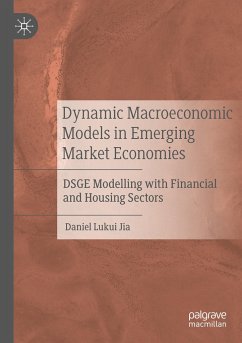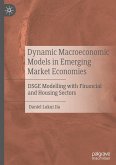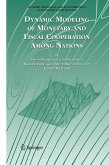This book summarizes the evolution of modern macroeconomics (New Consensus Macroeconomics, NCM) and proposes a new approach to theoretical and empirical analysis, which is based on a recently developed dynamic stochastic general equilibrium (DSGE) model. Dynamic macroeconomic analysis in emerging market economies is challenging, and of growing importance in the global economy, where emerging markets are becoming more and more influential. Clearly, a deeper understanding of the inner workings of emerging economies, particularly with respect to their socioeconomic structure and the urbanization process, is needed.
The book's extends the NCM/DSGE model to better account for significant economic and social features in emerging market economies. In particular, household heterogeneities and social stratification are explicitly incorporated into the framework proposed here, substantially enhancing the comprehensiveness of the model economy, and allowing it to better account for underlying social structure in emerging economies. Furthermore, financial and housing markets have not been considered sufficiently in either the advanced or emerging economy literature, an oversight this book remedies. As such, it makes an original and valuable contribution to the field, and a direction for future research.
The book's extends the NCM/DSGE model to better account for significant economic and social features in emerging market economies. In particular, household heterogeneities and social stratification are explicitly incorporated into the framework proposed here, substantially enhancing the comprehensiveness of the model economy, and allowing it to better account for underlying social structure in emerging economies. Furthermore, financial and housing markets have not been considered sufficiently in either the advanced or emerging economy literature, an oversight this book remedies. As such, it makes an original and valuable contribution to the field, and a direction for future research.








